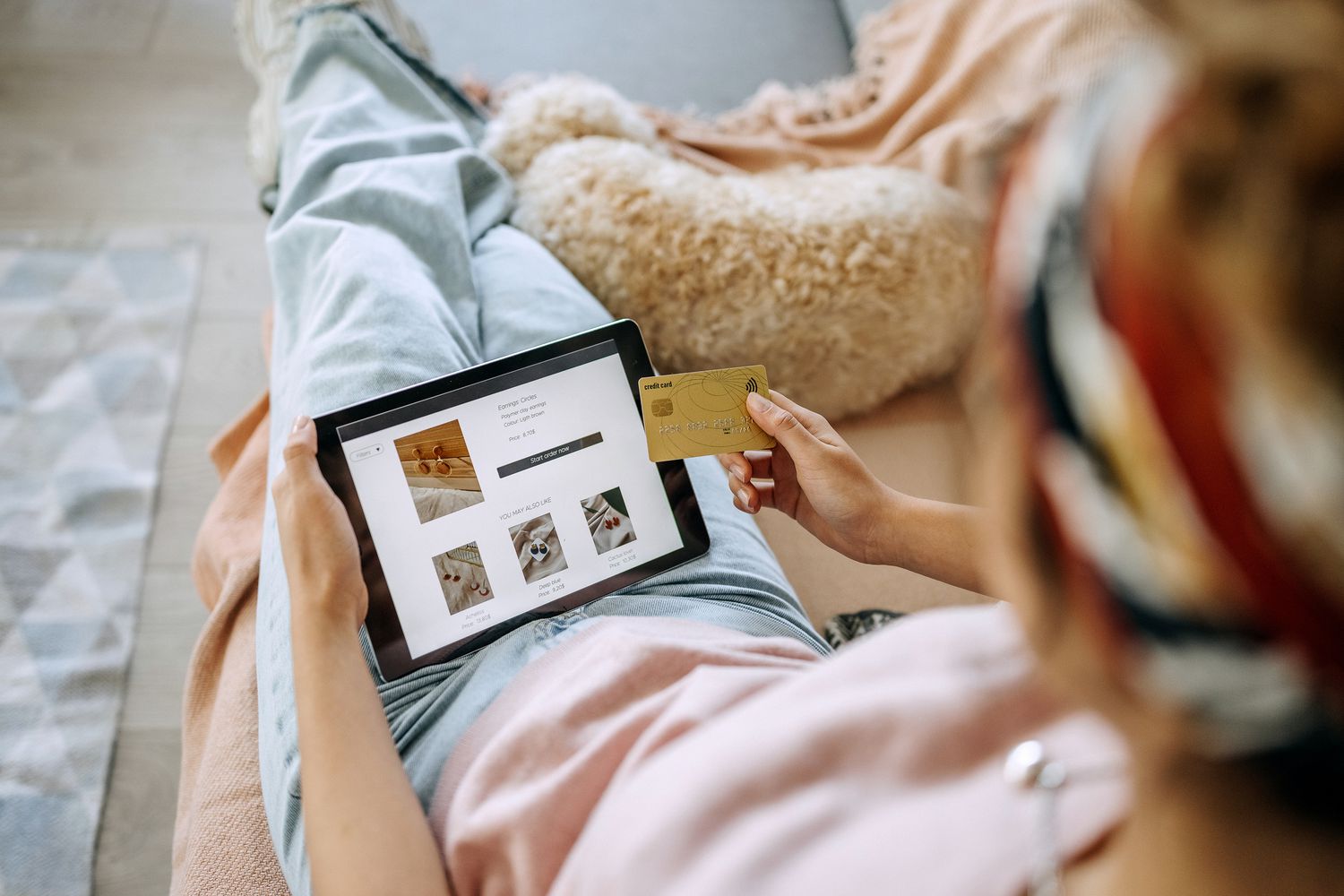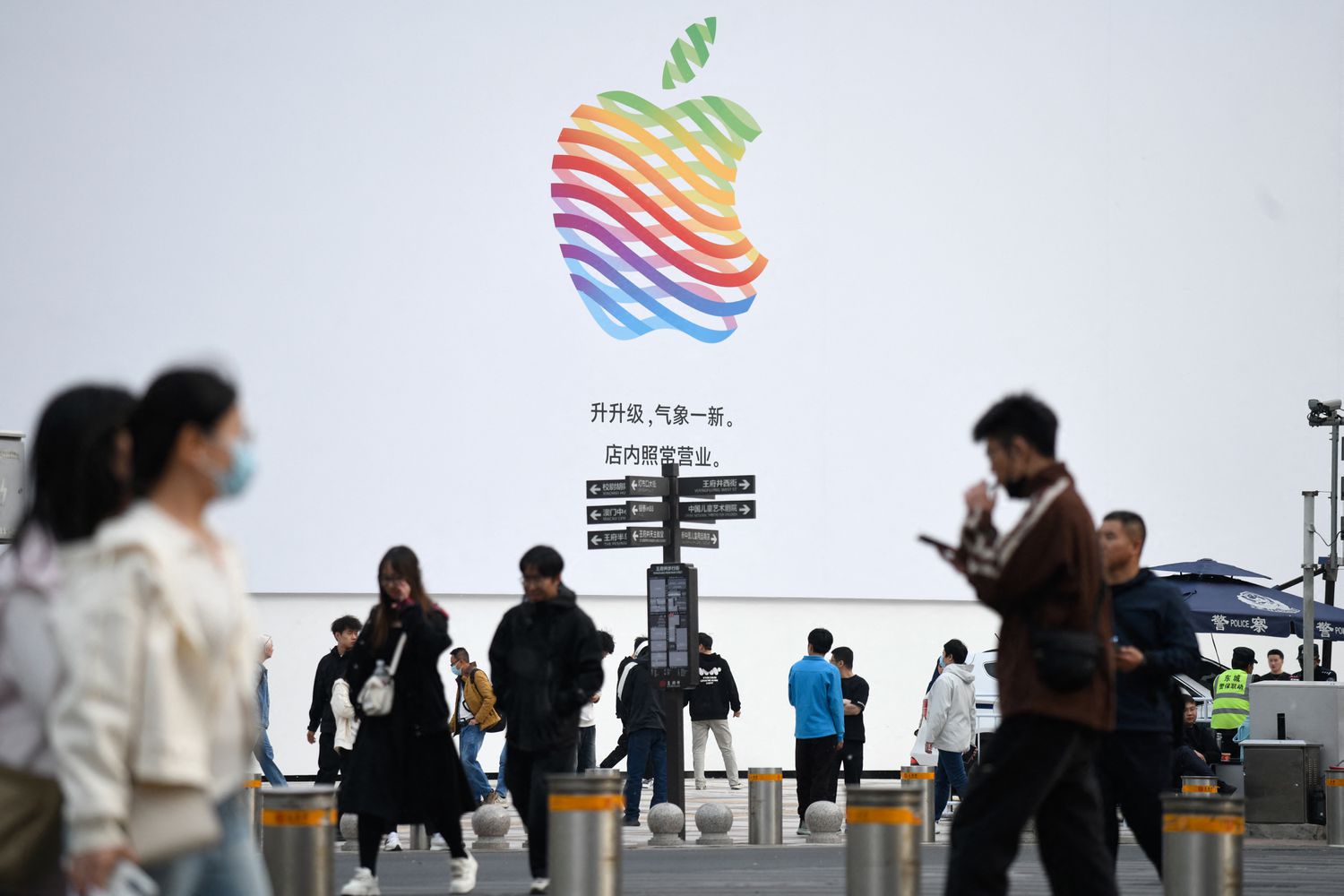Top CD Rates Today, April 8, 2025


Key Takeaways
- Today’s nation-leading CD rate is 4.65%, available from two institutions in terms of 5 or 7 months.
- For a rate guaranteed to 2026, both Abound Credit Union and Vibrant Credit Union pay 4.60%—for 10 months or 13 months, respectively.
- CD shoppers have a total of 22 choices offering 4.50% APY or more for terms up to 18 months.
- Want a longer rate lock? The leading 4- and 5-year guarantees of 4.40% are available from Vibrant Credit Union and Transportation Federal Credit Union, respectively.
- After holding interest rates steady in March, the Fed is in “wait-and-see” mode regarding 2025 rate cuts. But in today’s uncertain economy, it’s smart to snag one of today’s best CD rates while you can.
Below you’ll find featured rates available from our partners, followed by details from our ranking of the best CDs available nationwide.
Rates of 4.50% to 4.65% You Can Guarantee as Long as 2026
The nation’s leading CD rate held its ground today at 4.65%, and you have your choice of two offers for that APY. With terms of 5 or 7 months, you can secure that guaranteed return until this fall.
If you want to extend your rate lock until 2026, two top CDs pay 4.60%. Abound Credit Union offers that rate for a 10-month duration, while Vibrant Credit Union matches that APY for 13 months.
A total of 22 nationwide certificates are paying at least 4.50%, with the longest term among these being 18 months. That offer, from XCEL Federal Credit Union, would guarantee your rate until October of next year.
All Federally Insured Institutions Are Equally Protected
Your deposits at any FDIC bank or NCUA credit union are federally insured, meaning you’re protected by the U.S. government in the unlikely case that the institution fails. Not only that, but the coverage is identical—deposits are insured up to $250,000 per person and per institution—no matter the size of the bank or credit union.
Consider Longer-Term CDs To Guarantee Your Rate Further Into the Future
For a rate lock you can enjoy into 2027, University Federal Credit Union is paying 4.30% APY for a full 24 months. Meanwhile, Genisys Credit Union leads the 3-year term, offering 4.32% for 30 months.
CD shoppers who want an even longer guarantee might like the leading 4-year or 5-year certificates. Vibrant Credit Union is paying 4.40% APY for 48 months, while Transportation Federal Credit Union promises that same rate for 60 months—ensuring you’d earn well above 4% all the way until 2030.
Multiyear CDs are likely smart right now, given the possibility of Fed rate cuts in 2025 and perhaps 2026. The central bank has so far lowered the federal funds rate by a full percentage point, and this year could see additional cuts. While any interest-rate reductions from the Fed will push bank APYs lower, a CD rate you secure now will be yours to enjoy until it matures.
Today’s Best CDs Still Pay Historically High Returns
It’s true that CD rates are no longer at their peak. But despite the pullback, the best CDs still offer a stellar return. October 2023 saw the best CD rates push above 6%, while the leading rate is currently down to 4.65%. Compare that to early 2022, before the Federal Reserve embarked on its fast-and-furious rate-hike campaign. The most you could earn from the very best CDs in the country then ranged from just 0.50% to 1.70% APY, depending on the term.
Jumbo CDs Top Regular CDs in Two Terms
Jumbo CDs require much larger deposits and sometimes pay premium rates—but not always. In fact, the best jumbo CD rates right now are worse or the same than the best standard CD rates in all but two terms we track. In the 2-year term, Lafayette Federal Credit Union pays 4.33% vs. the leading 4.30% among standard CDs, while Hughes Federal Credit Union is offering 4.34% for a 3-year jumbo CD vs. 4.32% for the highest standard rate.
That makes it smart to always check both types of offerings when CD shopping. And if your best rate option is a standard CD, simply open it with a jumbo-sized deposit.
Where Are CD Rates Headed in 2025?
In December, the Federal Reserve announced a third rate cut to the federal funds rate in as many meetings, reducing it a full percentage point since September. But in January and March, the central bankers declined to make further cuts to the benchmark rate.
The Fed’s three 2024 rate cuts represented a pivot from the central bank’s historic 2022–2023 rate-hike campaign, in which the committee aggressively raised interest rates to combat decades-high inflation. At its 2023 peak, the federal funds rate climbed to its highest level since 2001—and remained there for nearly 14 months.
Fed rate moves are significant to savers, as reductions to the fed funds rate push down the rates banks and credit unions are willing to pay consumers for their deposits. Both CD rates and savings account rates reflect changes to the fed funds rate.
Time will tell what exactly will happen to the federal funds rate in 2025 and 2026—and economic policies from the Trump administration have the potential to alter the Fed’s course. But with three Fed rate cuts already in the books, today’s CD rates could be the best you’ll see for some time—making now a smart time to lock in the best rate that suits your personal timeline.
Daily Rankings of the Best CDs and Savings Accounts
We update these rankings every business day to give you the best deposit rates available:
Important
Note that the “top rates” quoted here are the highest nationally available rates Investopedia has identified in its daily rate research on hundreds of banks and credit unions. This is much different than the national average, which includes all banks offering a CD with that term, including many large banks that pay a pittance in interest. Thus, the national averages are always quite low, while the top rates you can unearth by shopping around are often five, 10, or even 15 times higher.
How We Find the Best CD Rates
Every business day, Investopedia tracks the rate data of more than 200 banks and credit unions that offer CDs to customers nationwide and determines daily rankings of the top-paying certificates in every major term. To qualify for our lists, the institution must be federally insured (FDIC for banks, NCUA for credit unions), the CD’s minimum initial deposit must not exceed $25,000, and any specified maximum deposit cannot be under $5,000.
Banks must be available in at least 40 states. And while some credit unions require you to donate to a specific charity or association to become a member if you don’t meet other eligibility criteria (e.g., you don’t live in a certain area or work in a certain kind of job), we exclude credit unions whose donation requirement is $40 or more. For more about how we choose the best rates, read our full methodology.





























